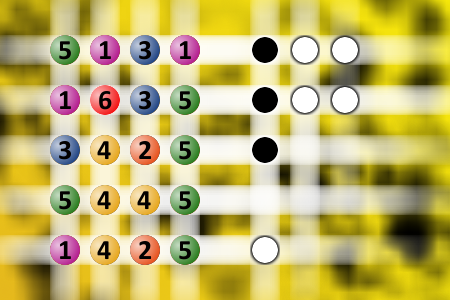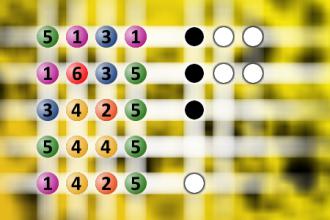Which is a winning combination of digits?
The computer chose a secret code (sequence of 4 digits from 1 to 6). Your goal is to find that code. Black circles indicate the number of hits on the right spot. White circles indicate the number of hits on the wrong spot.Correct answers: 25
The first user who solved this task is Nasrin 24 T.
#brainteasers #mastermind

Walking economy....
A guy is walking down the street with his friend. He says to his friend, "I'm just a walking economy."
His friend replies, "What do you mean?"
"It's like this: My hairline is in recession, my stomach is a victim of inflation, and the combination of these factors is putting me into a deep depression.

